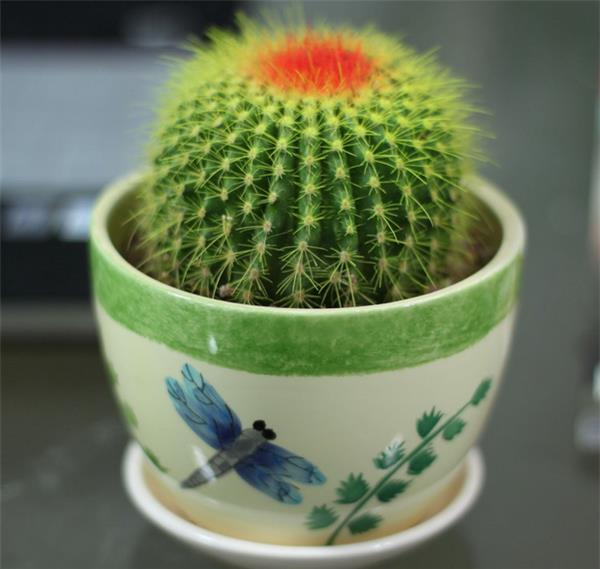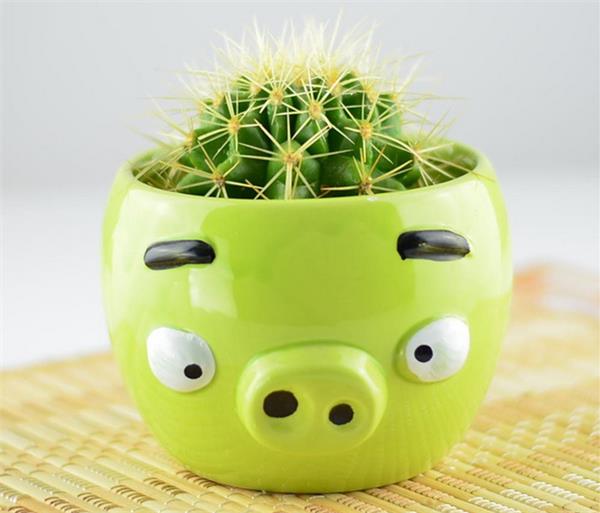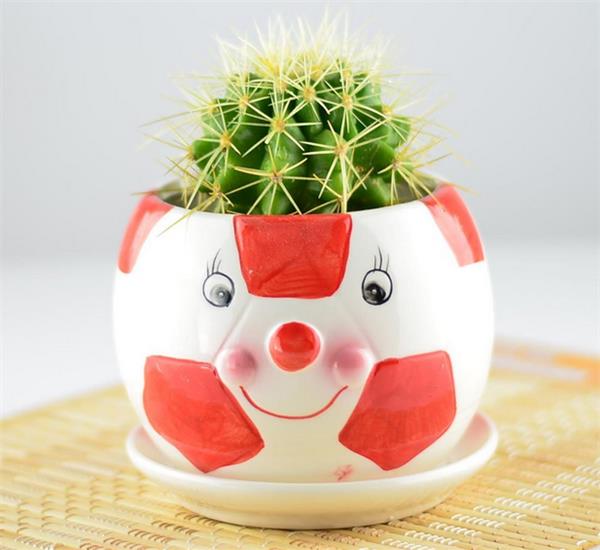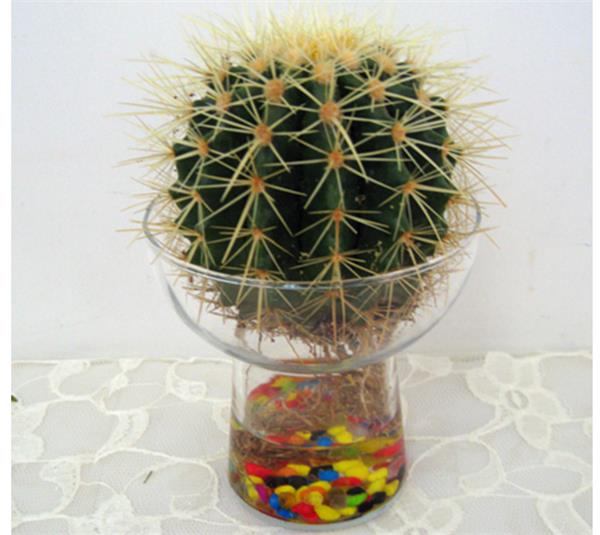How to raise the golden tiger cactus
Golden tiger cactus is one of the most attractive cactus plants, it has round green spheres and steel hard golden thorns, and there are several main varieties in cultivation, such as white thorns, wild thorns, short thorns, golden amber brocade, golden amber crown, etc., so how to raise golden tiger cactus?

How to raise the golden tiger cactus
First of all, when it comes to its sowing method, the source of the golden tiger's seed is very difficult, generally speaking, the sphere will be seeded only after more than 30 years. Therefore, the method of cutting or grafting is generally used to propagate. If there is no root, do not water it first, wait for him to slowly produce a small white root before starting to water it. Watering is not stipulated every few days or months, it depends on the actual situation, if the soil has been completely dry, you can water a little, do not need to be thoroughly watered. Especially when the root system is still underdeveloped, it can take root in half a month.
The most important thing in the process of culture management of golden tiger is the management of light. Do not put it in a dark place indoors for a long time, but put it on the southward windowsill or balcony. The strong summer sun will burn the stem of the golden tiger ball, which needs a little shading. In winter, it is necessary to maintain places where indoor light can be directed or where there is bright scattered light. Temperature-the suitable temperature for growth is 20-25 degrees, and the winter temperature should not be lower than 8 degrees, otherwise macula will appear on the surface of the sphere, especially in early spring, when it will rot seriously.

Golden tiger is a drought-tolerant plant, but if it is too dry, it will grow slowly. The principle of "no dry, no watering" should be adhered to in the process of watering the golden tiger. When dormant in winter, watering should be controlled and watered as little as possible. If the summer drought to frequently watering, the best time is in the early morning and evening, do not water too cold in the hot noon, easy to cause "cold" to cause disease. If the basin soil is too dry at noon, you can spray less water to make the basin surface moist, not to spray water to the top of the ball and the grafting part, so as not to accumulate water and rot.
Spring and autumn every 15 days or so appropriate application of cake fertilizer, bone meal, or mature thin liquid, pay attention to light rather than thick. If urea, potassium dihydrogen phosphate and other quick-acting fertilizers are applied, special care should be taken not to let the fertilizer stick to the sphere. Spray water once after each fertilization to prevent fertilizer from damaging the sphere. Fertilization should be stopped in winter and summer, as well as in the newly planted and transplanted golden cymbals.
The golden tiger fairy has strong nature and strong disease resistance, but it is vulnerable to diseases and pests such as red spider, shell insect and whitefly in summer because of humidity, heat, poor ventilation and other factors. The red spider was sprayed with 40% dimethoate or 90% trichlorfon 1000-1500 times. When shell insects and whiteflies are found, they can be wiped out manually.

Culture and maintenance methods of Golden Tiger Cactus
Breeding technology: Golden tiger is propagated by sowing and grafting.
1. Sowing method: the emergence rate of seeds harvested in the same year is high. Sowing takes place from May to September, and the seedling sphere has the size of rice or mung bean 30-40 days after germination, which can be transplanted or grafted on the rootstock to promote growth.
2. The method of seed ball grafting: the seedlings cultivated for more than 3 months are grafted on a tender ruler to promote growth. When the scion grows to a certain size or the rootstock cannot support it, it can be cut off, dry the wound and then plant in the pot. In the good environment of fertile soil and air circulation, the seedlings without grafting grow very fast. After potting, the seedlings or grafted balls should be placed in a semi-shaded place, avoid direct sunlight, and the sphere will not shrink after 7 days and 10 days, that is, it will survive.

Management technology: Jinhu likes calcareous sandy loam, which can be mixed with the same amount of coarse sand, loam, rotten leaf soil and a small amount of old wall ash. The basin should be turned over to change the soil and the old roots should be cut off once a year. In the middle of March, take the ball out of the basin and cut off the old root so as not to hurt the main root. After cutting, leave the bad in a ventilated place for 4-5 days to dry the cut; the newly cultivated soil used in turning the basin should use fermented livestock and poultry manure as base fertilizer and mix well with coal ash, plant ash and a small amount of animal bone powder; the basin should be detoxified by means of sunlight, cooking and spraying to prevent rotten balls.
Related
- Wuhan Hospital Iron Tree Blooming Result Was Instantly Frightened by the Gardener Master
- Which variety of camellia is the most fragrant and best? Which one do you like best?
- What is the small blue coat, the breeding methods and matters needing attention of the succulent plant
- Dormancy time and maintenance management of succulent plants during dormancy
- Minas succulent how to raise, Minas succulent plant pictures
- What are the varieties of winter succulent plants
- How to raise succulent plants in twelve rolls? let's take a look at some experience of breeding twelve rolls.
- Attention should be paid to water control for succulent plants during dormant period (winter and summer)
- Watering experience of twelve rolls of succulent plants
- Techniques for fertilizing succulent plants. An article will let you know how to fertilize succulent plants.



